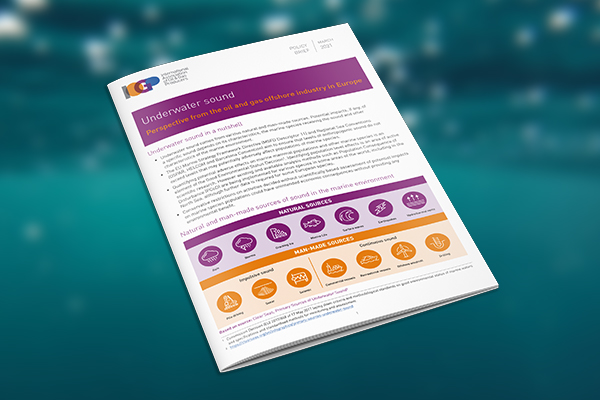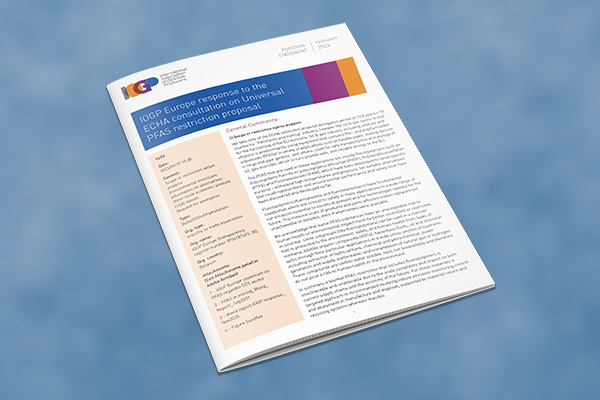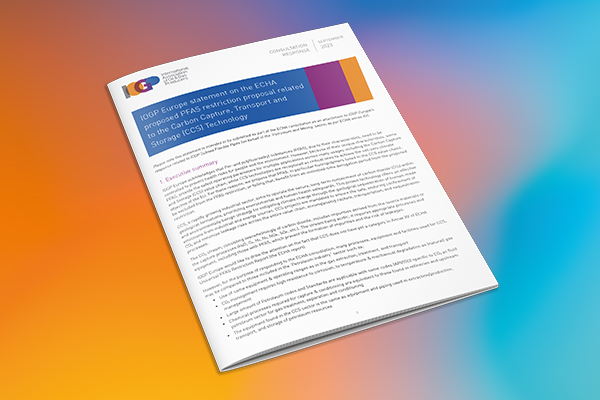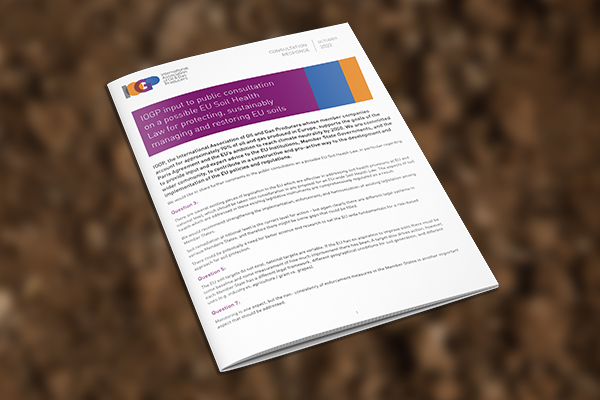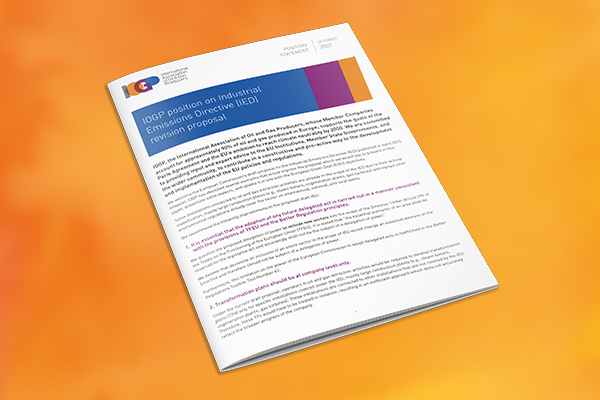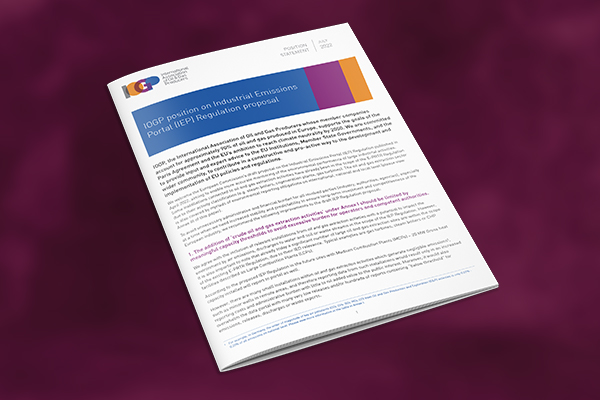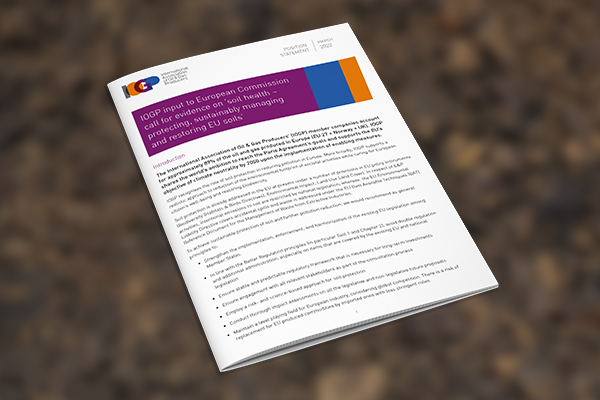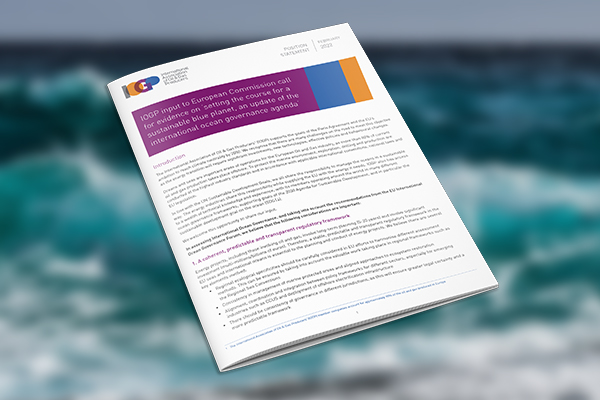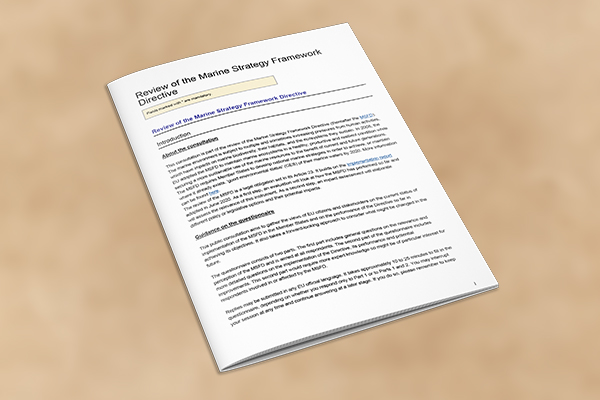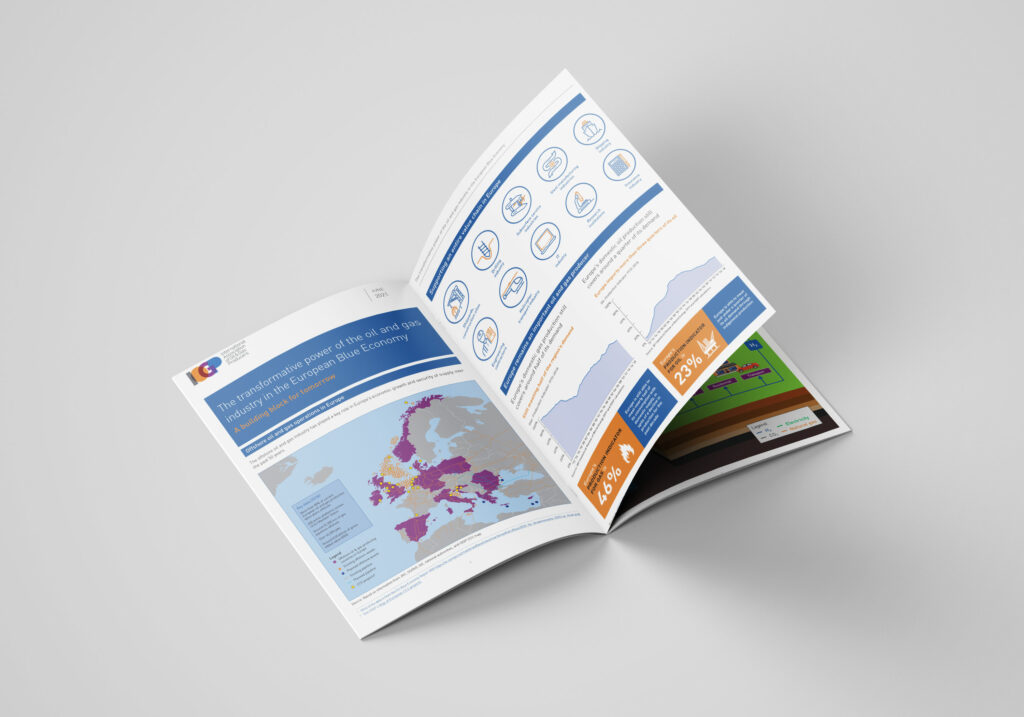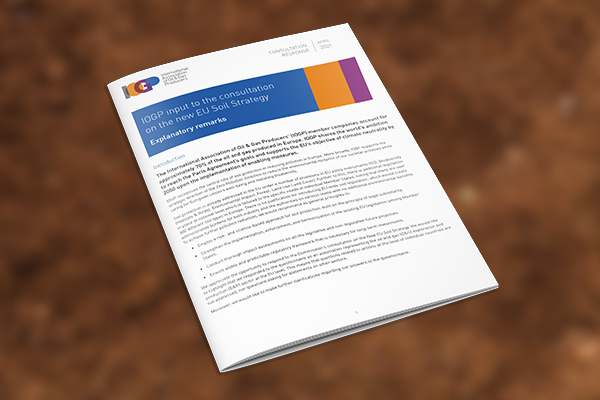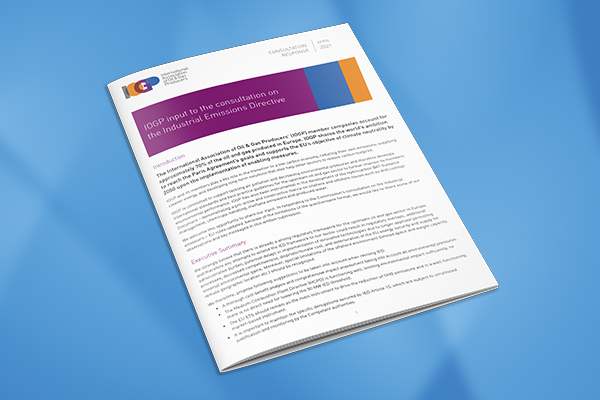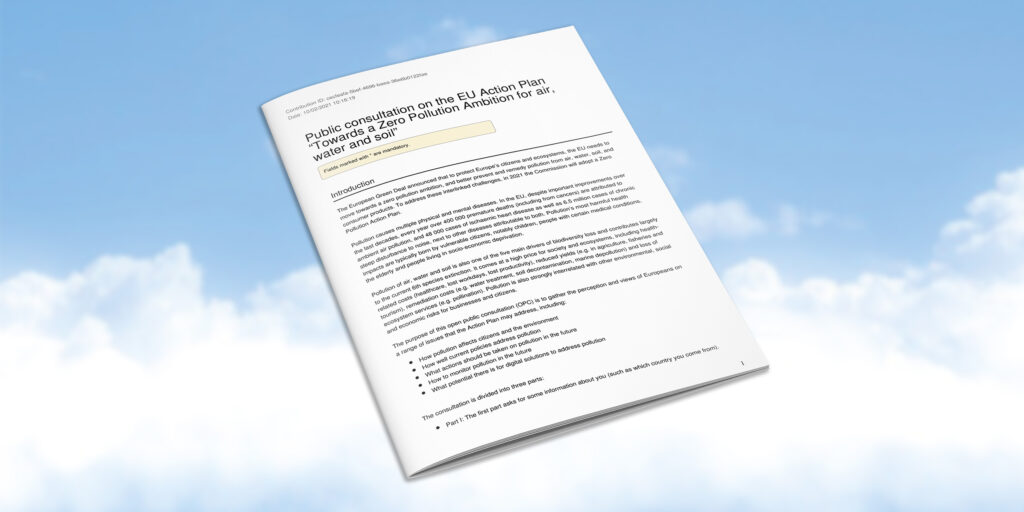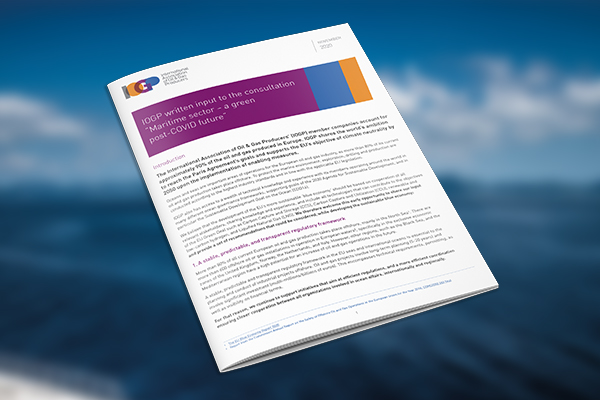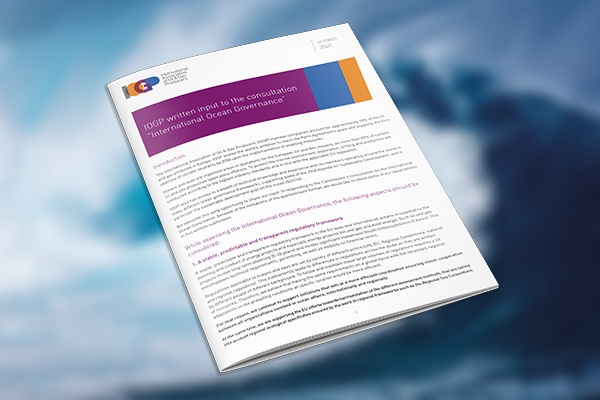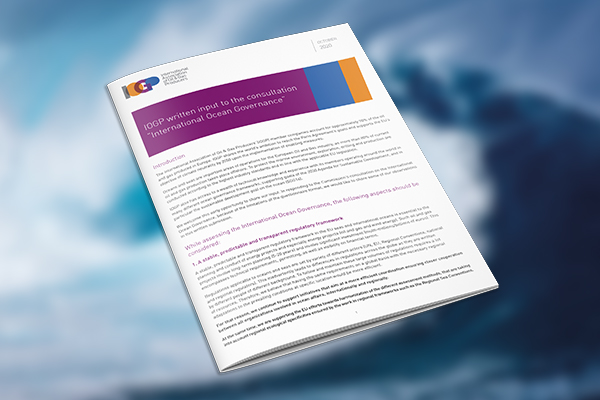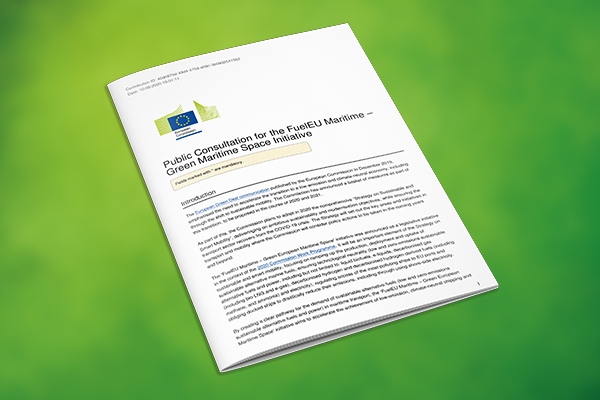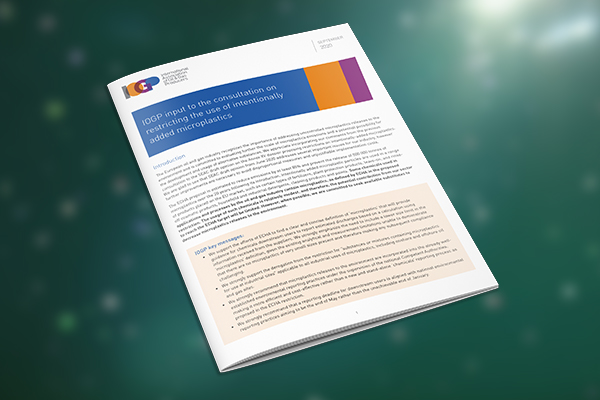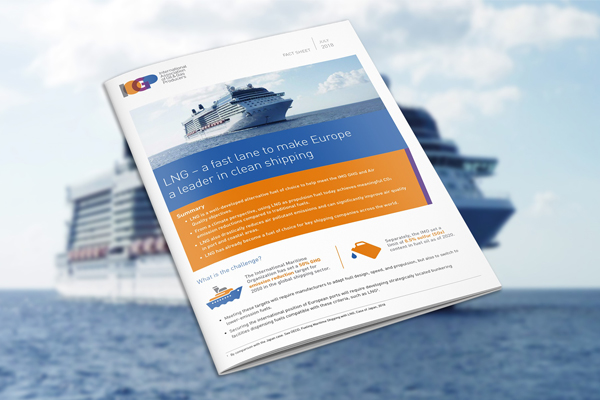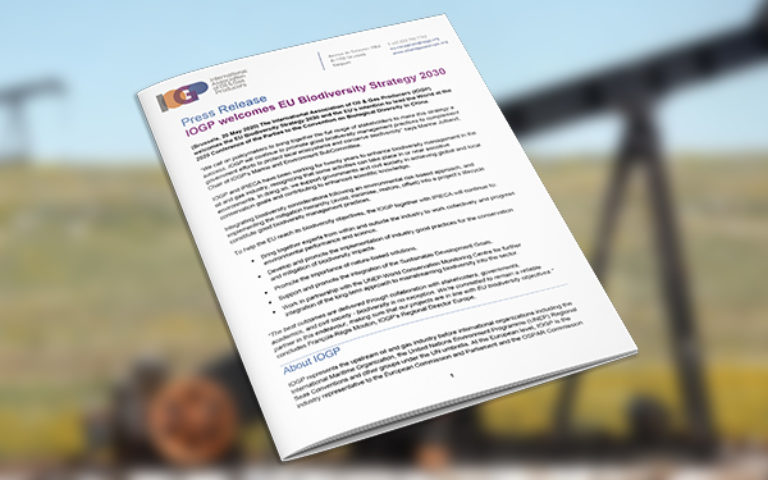Underwater sound – Perspective from the oil and gas offshore industry in Europe
This policy brief gives an overview of underwater sound and how it is managed.
Background
Underwater sound comes from various natural and man-made sources. Potential impacts, if any, of a specific sound depends on its characteristics, the marine species receiving the sound and other characteristics of the marine environment.
A range of mitigation measures are typically implemented during offshore oil and gas industry activities. These are often combined with data collection methods that are carefully designed and implemented to address potential site-specific safety and environmental impacts identified during project planning.
IOGP develops international recommended practices and good practice guidelines to help inform assessment processes and provide recommendations for monitoring and mitigation activities. IOGP and its members also actively engage in research programmes to further advance scientific understanding of potential impacts and improve mitigation and monitoring methods.
What can Europe do?
- Work with Regional Sea Conventions to ensure common definitions and assessment methodology, while taking into account international frameworks and regional ecological specificities
- Adopt flexible and provisional threshold values, that could be revised and adjusted as science progresses and new data is available
- Support research focused on identifying and quantifying impacts on marine mammal populations – not just individuals – in EU, national, and regional projects
Overview
- Underwater sound in a nutshell
- Natural and man-made sources of sound in the marine environment
- What is the oil and gas industry doing to manage underwater sound?
- Industry toolbox to manage underwater sound and potential impacts on marine life
- How is underwater sound managed in the EU?
- What might be the outstanding issues?
- Map of oil and gas wells and windfarms in the Netherlands
- Common language and harmonization among the EU and other Regional Sea Conventions
